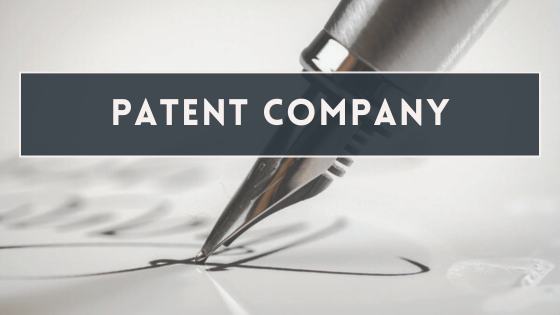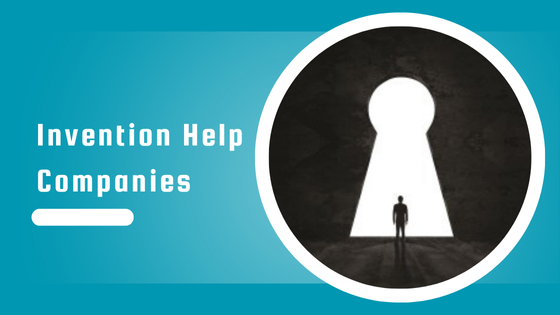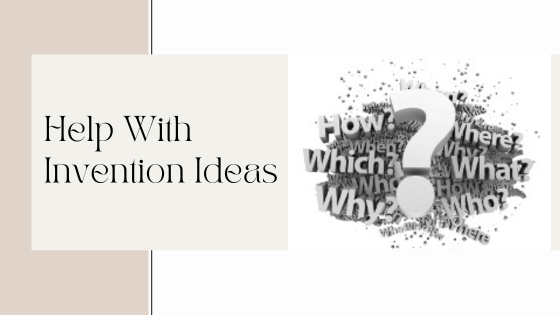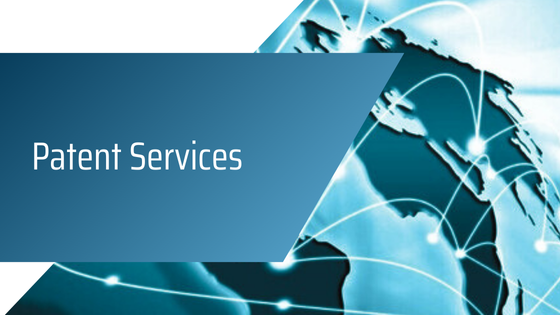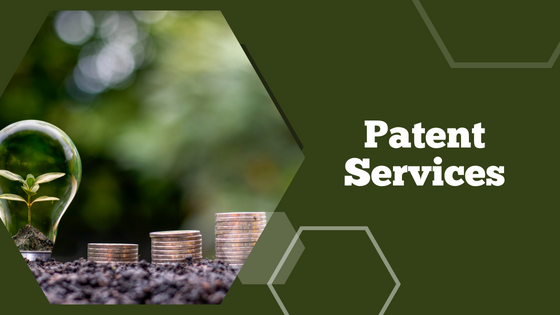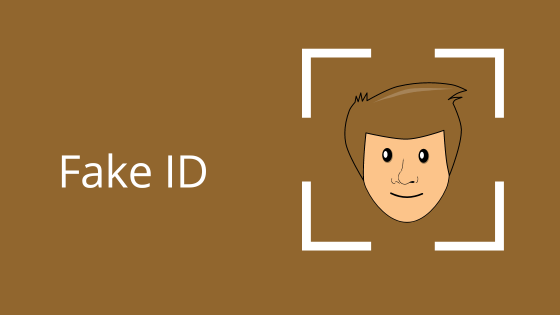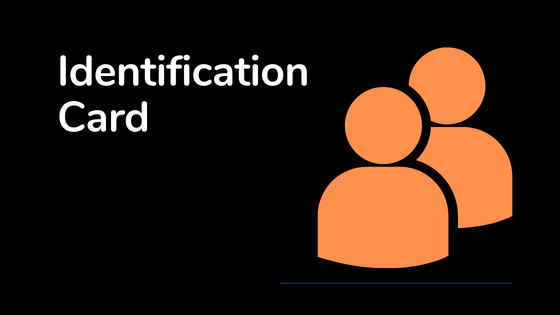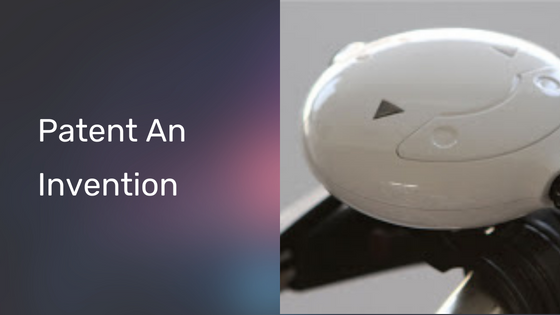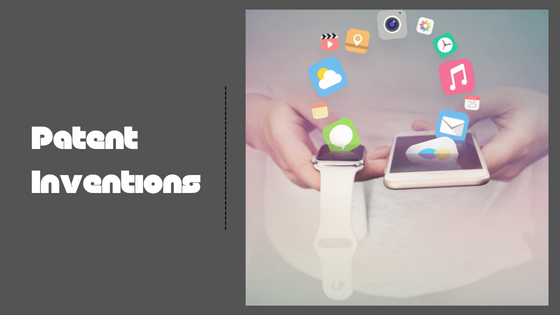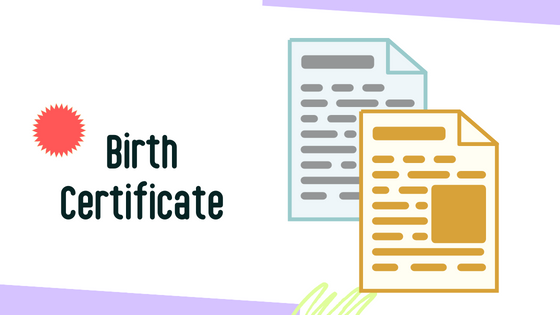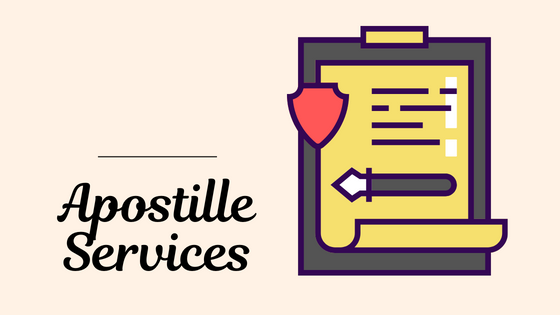Innovation drives progress, and inventors play a crucial role in shaping the future with their groundbreaking ideas and creations. However, the path from idea to market can be daunting for inventors, especially when it comes to commercializing their inventions. One popular avenue that inventors explore is licensing their inventions to established companies, and there are several compelling reasons why inventors should consider this route.
Access to Resources and Expertise
When inventors license their inventions to companies, they gain access to a wealth of resources and expertise that can accelerate the commercialization process. Established companies often have the infrastructure, manufacturing capabilities, distribution channels, marketing expertise, and financial resources needed to bring an invention to market efficiently. By partnering with these companies, inventors can leverage their strengths and navigate the complexities of product development and launch more effectively.
Reduced Financial Risk
Launching a new product can be a costly endeavor, requiring significant investment in research and development, manufacturing, marketing, and distribution. By licensing their inventions, inventors can mitigate some of the financial risks associated with bringing a product to market. Companies that license inventions typically assume the financial responsibility for production, marketing, and distribution, allowing inventors to focus on innovation rather than worrying about cash flow and profitability.
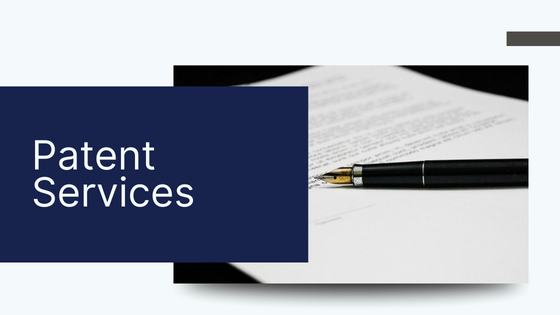
Market Reach and Brand Exposure
One of the key benefits of licensing an invention is the potential for widespread market reach and brand exposure. Established companies often have well-established customer bases, distribution networks, and marketing channels that can provide inventors with access to global markets and a larger audience. By licensing their inventions to these companies, inventors can tap into existing consumer trust and brand recognition, making it easier to introduce their innovations to the world.
Focus on Innovation
For many inventors, the process of commercializing an invention can be overwhelming and time-consuming, taking them away from what they do best – innovating. Licensing their inventions allows inventors to focus on what they excel at – creating new solutions to real-world problems. By partnering with companies that handle the commercial aspects of product development, inventors can dedicate their time and energy to refining their inventions and developing new ideas.
Partnering with InventHelp
When it comes to licensing inventions, one company that stands out is InventHelp. With over 35 years of experience in helping inventors navigate the invention process, InventHelp specializes in assisting inventors with patent searches, prototype development, marketing, and licensing opportunities. By partnering with InventHelp, inventors can access a network of industry connections, expertise, and resources that can help them bring their inventions to market successfully. If you need help with your invention idea InventHelp is a great place to start.
In Conclusion
Licensing can be a strategic and rewarding approach for inventors looking to commercialize their inventions. By partnering with established companies and leveraging their resources, inventors can reduce financial risk, access new markets, and focus on innovation. With the support of companies like InventHelp, inventors can navigate the complexities of licensing agreements and maximize the potential of their inventions in the marketplace.

